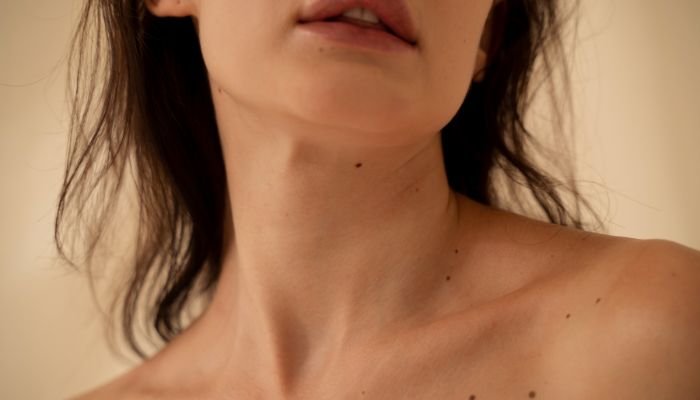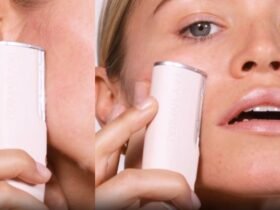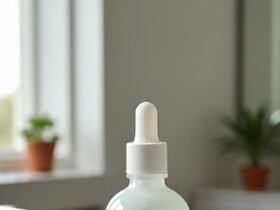If you’ve ever looked in the mirror and noticed new brown or black spots on your skin, you’re not alone. Moles—also known as nevi—are common skin growths that can develop or change throughout your life. But what causes moles to form, especially as we age? In this blog, we’ll explore the natural triggers, the role of sun exposure, hormonal shifts, and why your skin might develop more moles over time.
What Are Moles Exactly?
Moles are clusters of melanocytes, the cells responsible for producing melanin (your skin’s pigment). Most moles are benign skin growths, meaning they are not cancerous. They may appear as flat or raised spots, and their color can range from light brown and black to pink or even skin-toned.
Most people have 10 to 40 moles, with some developing more throughout their lives—especially in sun-exposed areas like the face, arms, chest, and back.
Common Reasons Why Moles Form on Your Skin
1. Sun Exposure (UV Radiation)
One of the most well-known causes of moles is sunlight. Ultraviolet (UV) radiation stimulates the skin’s melanocytes to multiply, sometimes forming visible clusters—what we recognize as moles.
People who spend more time in the sun (especially without sunscreen) or use tanning beds are more likely to develop moles, particularly on areas exposed to the sun like the shoulders, upper back, face, and arms.
2. Genetics
Moles often run in families. If your parents or siblings have many moles, or if you have fair skin, you’re more likely to develop them as well. Genetics can influence both the number and type of moles you get—including dysplastic moles, which are unusual-looking but still benign.
3. Hormonal Changes
Hormones also play a major role in the development and change of moles. This is especially common during:
- Puberty: Many moles first appear during teenage years as the body undergoes hormonal changes.
- Pregnancy: Some women notice existing moles become darker or raised while pregnant. A few new moles may also form.
- Menopause or other hormonal shifts: In rare cases, changes in estrogen or progesterone levels later in life may affect how moles behave.
4. Aging Skin
As you age, your skin naturally changes—and so can your moles. Some older moles might:
- Flatten or fade
- Become slightly raised
- Lighten in color over time
It’s not uncommon for older adults to develop new moles or see existing ones change in shape or tone. However, if any mole changes rapidly or starts itching, bleeding, or growing unevenly, it should be checked by a dermatologist to rule out skin cancer.
5. Weakened Immune Response
With age, your immune system may become less effective at regulating skin cell growth. This might allow dormant melanocytes to become active again, forming new moles or altering existing ones.
6. Skin Type and Lifestyle
People with fair or sensitive skin are naturally more prone to moles. The lighter your skin, the more easily UV rays can affect your melanocytes. Lifestyle choices—such as skipping sunscreen, living in sunny climates, or working outdoors—can all increase your mole count over time.
Are Moles Dangerous?
Most moles are harmless. However, some can develop into melanoma, a serious form of skin cancer. That’s why it’s essential to monitor any moles that:
- Appear suddenly after age 30
- Change in shape, size, or color
- Have uneven or blurry borders
- Itch, bleed, or become crusty
These could be signs of an abnormal or cancerous mole, and should be reviewed by a professional.
Can You Prevent Moles?
You can’t always prevent moles—especially if they’re genetic—but you can slow their development by:
- Wearing sunscreen daily (SPF 30 or higher)
- Avoiding tanning beds and peak sun hours
- Wearing protective clothing and wide-brim hats
- Regularly checking your skin for any new or changing spots
- Getting a professional skin exam once a year
So, what causes moles to form on your body? It’s a natural combination of sun exposure, hormones, genetics, and aging skin. While most moles are harmless, monitoring your skin regularly and practicing sun safety can go a long way in keeping your skin healthy as you age.
If you’re curious about natural mole care or want to understand how to spot warning signs early, check out our upcoming guides on mole prevention, mole vs skin cancer, and natural skincare routines.















Leave a Reply
View Comments